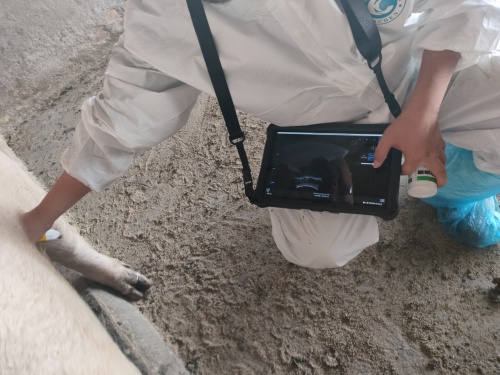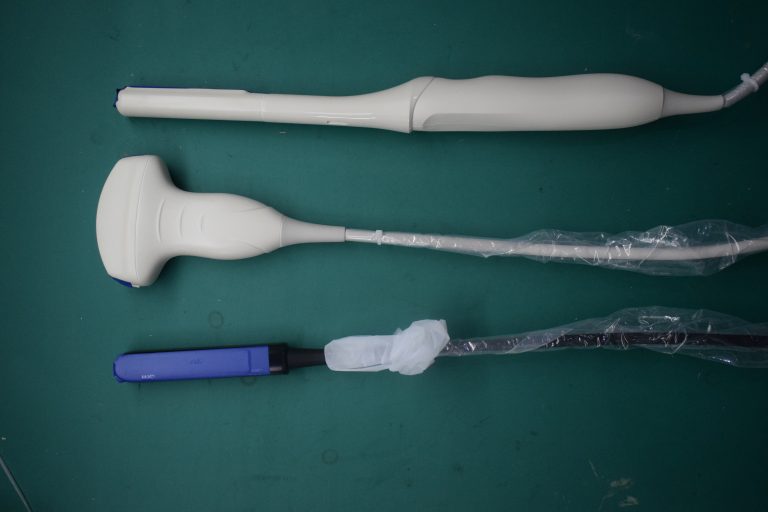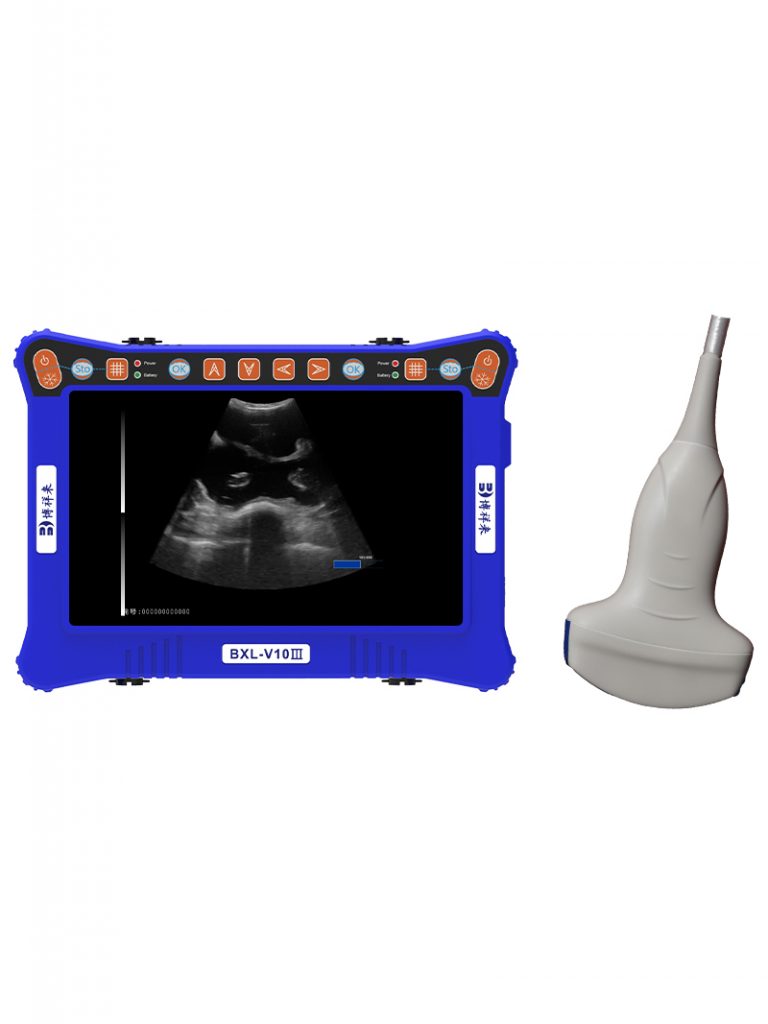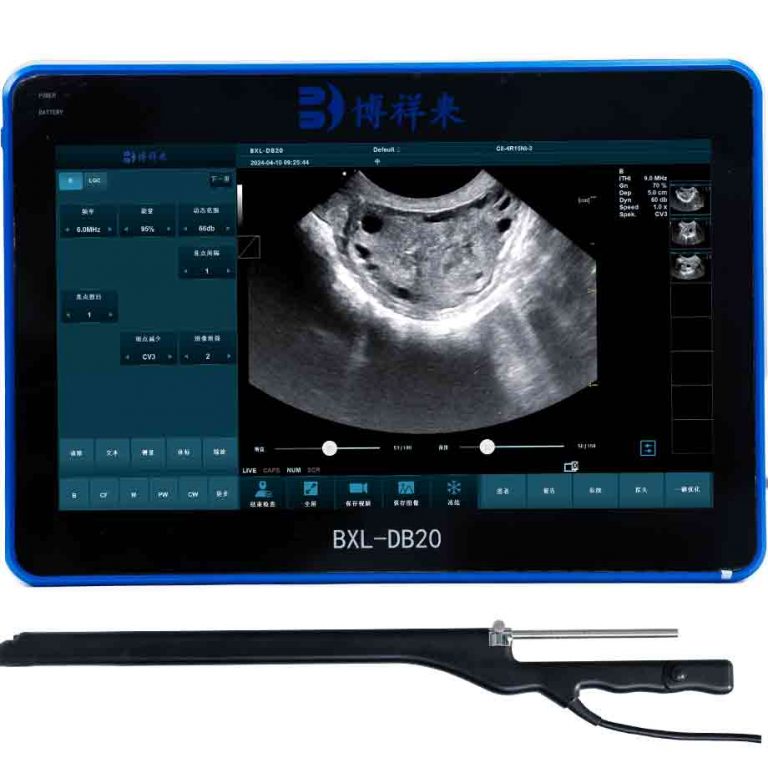Can a Vet Ultrasound Machine Be Used on Humans?
When people first hear about veterinary ultrasound, the natural question is whether the same machine could also be used on humans. After all, both systems rely on sound waves to create images of tissues and organs. On the surface, the equipment looks very similar. However, once we dig a bit deeper, the differences in design, regulation, and application become much clearer. Let’s take a closer look at how vet ultrasound machines compare to those made for human medicine, and whether it is safe or practical to cross over.

The Similarities Between Veterinary and Human Ultrasound
At the most basic level, both veterinary and human ultrasound machines work under the same principle. They send high-frequency sound waves into the body, then capture the returning echoes to build a real-time image on the screen. This allows the operator to see soft tissues, organs, or even a developing fetus without the need for surgery.
In fact, many of the features overlap. Both systems may include Doppler modes to measure blood flow, different probe shapes for scanning various body parts, and image storage options. For example, a vet might use a convex probe for a pregnant cow, while a doctor uses the same style probe for a pregnant woman. This technical overlap is why some people wonder if the machines are interchangeable.
The Key Differences in Design and Focus
Even though the core technology is the same, veterinary ultrasound machines are designed with a different purpose in mind. Animals vary greatly in size, from tiny cats to large horses or camels. As a result, veterinary machines are often built to handle a wider range of probe frequencies and penetration depths. They are made more rugged, with durable casings to survive barns, farms, and outdoor use.
On the other hand, human ultrasound devices are usually optimized for very specific clinical settings. They focus on safety, comfort, and extremely high-resolution images for detailed diagnosis. A probe for cardiac imaging in humans is tuned differently than one used for livestock. This design focus means that while they share similarities, the machines are not simply interchangeable.
Safety Standards and Regulations
One of the biggest reasons why vet ultrasound machines should not be casually used on humans is regulation. Human medical devices go through strict approval processes by agencies such as the FDA in the United States or CE marking in Europe. These rules ensure that every device is safe, reliable, and accurate for human use.
Veterinary devices, while still designed with care, do not always follow the same approval pathway. Manufacturers may test them for animal applications, but not necessarily for human safety standards. That means even if the technology is similar, using a vet machine on people could bypass important safeguards.
Why Humans Should Not Be Scanned With Vet Ultrasound
Using a vet ultrasound on humans might seem harmless, but there are real concerns. First, the machine may not be calibrated for human anatomy, leading to blurry or misleading images. This can result in misdiagnosis or missed conditions. Second, the probes may not be designed with human ergonomics in mind, causing discomfort or even injury.
Most importantly, without human medical certification, the results cannot be trusted in a clinical setting. Even if the images look fine, no doctor can rely on them for treatment decisions. For these reasons, professional guidelines strongly discourage cross-use between veterinary and human machines.
Situations Where the Question Arises
Interestingly, this topic often comes up in rural or low-resource areas where medical equipment is scarce. A small farm may already own a portable vet ultrasound and wonder if it could double for basic human checks. While this shows creativity, it highlights a bigger issue of access to healthcare. The right answer is not to repurpose vet devices, but to expand affordable human medical ultrasound availability.
For comparison, here is a simple table showing how veterinary and human ultrasound differ in their main features:
| Feature | Veterinary Ultrasound | Human Ultrasound |
|---|---|---|
| Primary Use | Animals (livestock, pets, wildlife) | Human patients (all medical fields) |
| Design | Durable, wide range of probe depths | High precision, specialized probes |
| Regulation | Animal-focused, less strict certification | Strict FDA/CE medical approval |
| Safety Standards | Safe for animals but not verified for humans | Certified safe for human use |
| Clinical Value | Breeding, pregnancy checks, organ health in animals | Diagnosis, treatment planning, pregnancy, cardiology, etc. |
Lessons From the Overlap
The fact that veterinary and human ultrasound machines share so much technology is actually a good thing. It means innovation in one field often benefits the other. Portable wireless scanners first became popular with veterinarians in large animal practice, and now similar devices are helping doctors in human emergency care. Likewise, image processing software developed for hospitals sometimes finds its way into veterinary clinics.
This exchange of technology highlights how close the two fields are, but also why each must stay focused on its intended purpose. A tool made for animals should stay in veterinary use, while humans deserve equipment certified for their safety.
Conclusion
So, can a vet ultrasound machine be used on humans? Technically, it might function, since the basic technology is the same. But in practice, it is not recommended and often unsafe. The differences in regulation, calibration, and intended use make human-certified ultrasound the only reliable choice for medical care.
Veterinary ultrasound machines are excellent tools for animal health, from pregnancy checks in sheep to tendon scans in horses. But just as you would not use animal medicine on people, you should not use animal ultrasound machines on humans. The best approach is to respect the boundaries while appreciating how both fields continue to inspire innovation.





